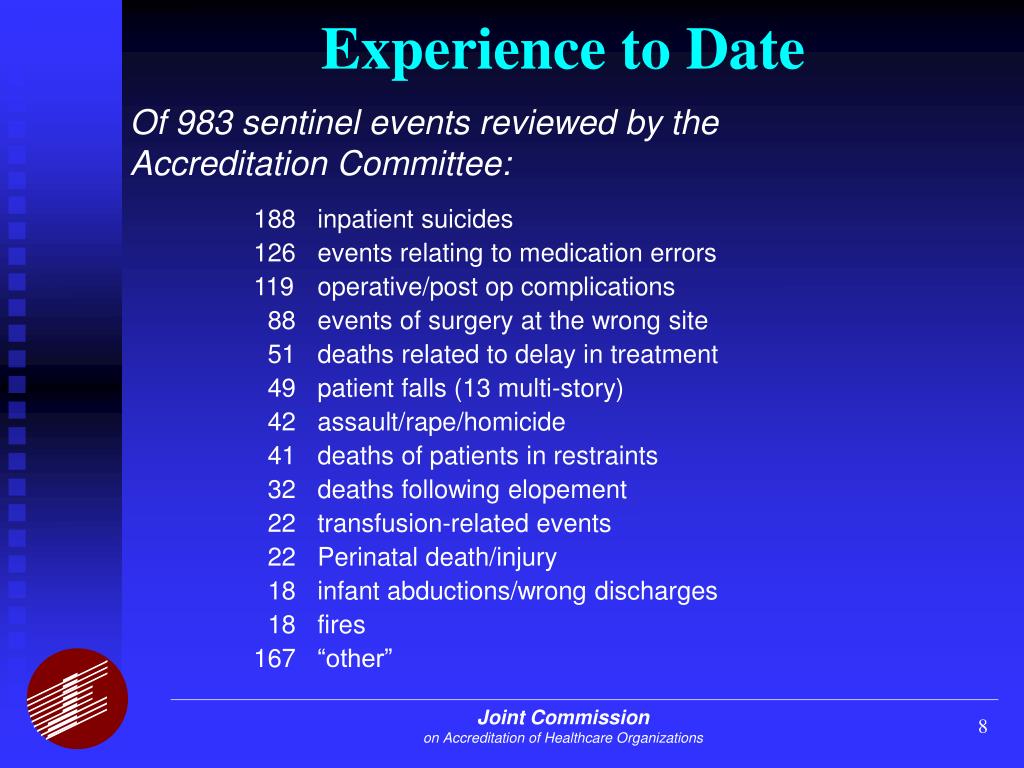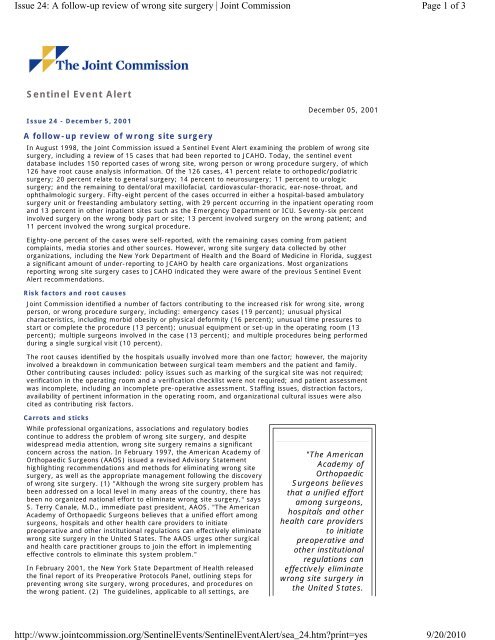

The sequential steps in an RCA2 are:Īn interprofessional team requires individuals with leadership involved in the process under review, helping for an effective analysis. SBAR is a framework for communication between team members about a patient's condition.Īn RCA2 must be thorough and credible.

FMEA is a systematic, proactive method for identifying potential risks and assessing their impact before harm has occurred. RCA2 differs from other patient safety tools like the failure mode effect analysis (FMEA) and the situation background assessment recommendation (SBAR). After the cause is identified, solutions to the problem or error should be recognized and implemented. They emphasized that action steps are needed after the analysis is completed and renamed them as root cause analysis and action (RCA2). The National Patient Safety Foundation developed guidelines to standardize the RCA process and direct organizations for improvement efforts. However, a recent study showed that most of the proposed solutions were weaker actions that were unlikely to reduce the event recurrence. Various root causes can be related to communication, equipment, environmental, human, process, staff, supervisory, team, and culture. Several attempts to improve the RCA process have been developed to formulate effective solutions. It identifies the risk points and their potential contributions. The RCA should focus on vulnerabilities in systems and processes, not on the individual(s).
JOINT COMMISSION SENTINEL EVENT SERIES
The RCA involves repeatedly asking a series of “why” questions until the root systemic causal factor(s) that culminated in the sentinel event is identified. The hospital can utilize this template, consisting of multiple analysis questions and prompts, or utilize a similar framework for identifying the causal factors. The Joint Commission provides a framework for the RCA. The steps in an RCA include identifying the team, information gathering, organizing information, identifying contributing factors, and drilling down to the root cause. The process should commence within 72 hours of the event.

The reporting organization should prepare and submit a thorough root cause analysis and action plan within 45 days of the sentinel event. Required Response to a Reviewable Sentinel Event Hemolytic transfusion reactions due to major blood group incompatibilities are still reported with an incidence of 7-9 per year.Īn appropriate response to a sentinel event may include the following: Fortunately, infant discharge to the wrong family has been reduced to zero. The risk of suicide is the highest immediately following hospitalization, during the inpatient stay, or immediately post-discharge. They are followed by suicide, delay in treatment, and medication errors. The most common sentinel events are wrong-site surgery, foreign body retention, and falls.

More than three-fourths of them are voluntarily reported to the agency. The great majority occur in a medical/surgical hospital setting, followed by psychiatric hospitals (including psychiatric units and clinics) and emergency departments. Sentinel events occur in every healthcare setting. Since 2007, about 800 sentinel events are reported to the Joint Commission every year according to their summary data of sentinel events. All accredited hospitals are encouraged but not obligated to report to the Joint Commission every sentinel event. The hospital must review all sentinel events.


 0 kommentar(er)
0 kommentar(er)
